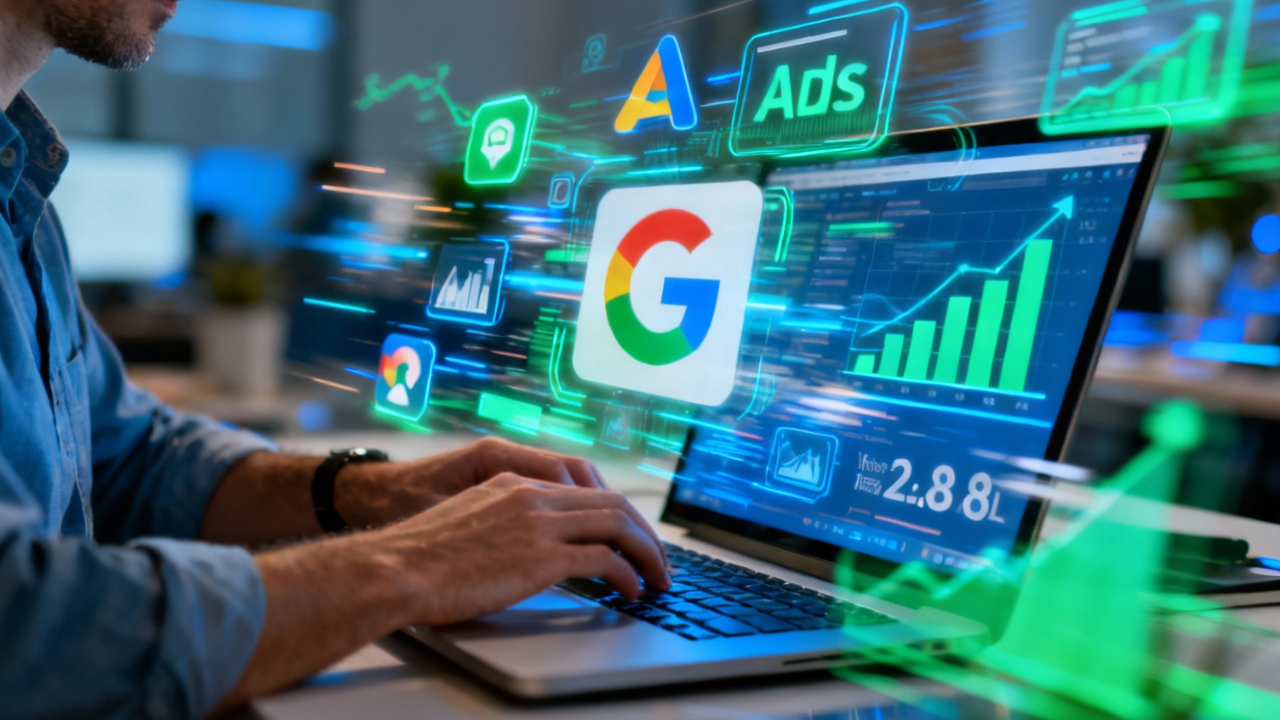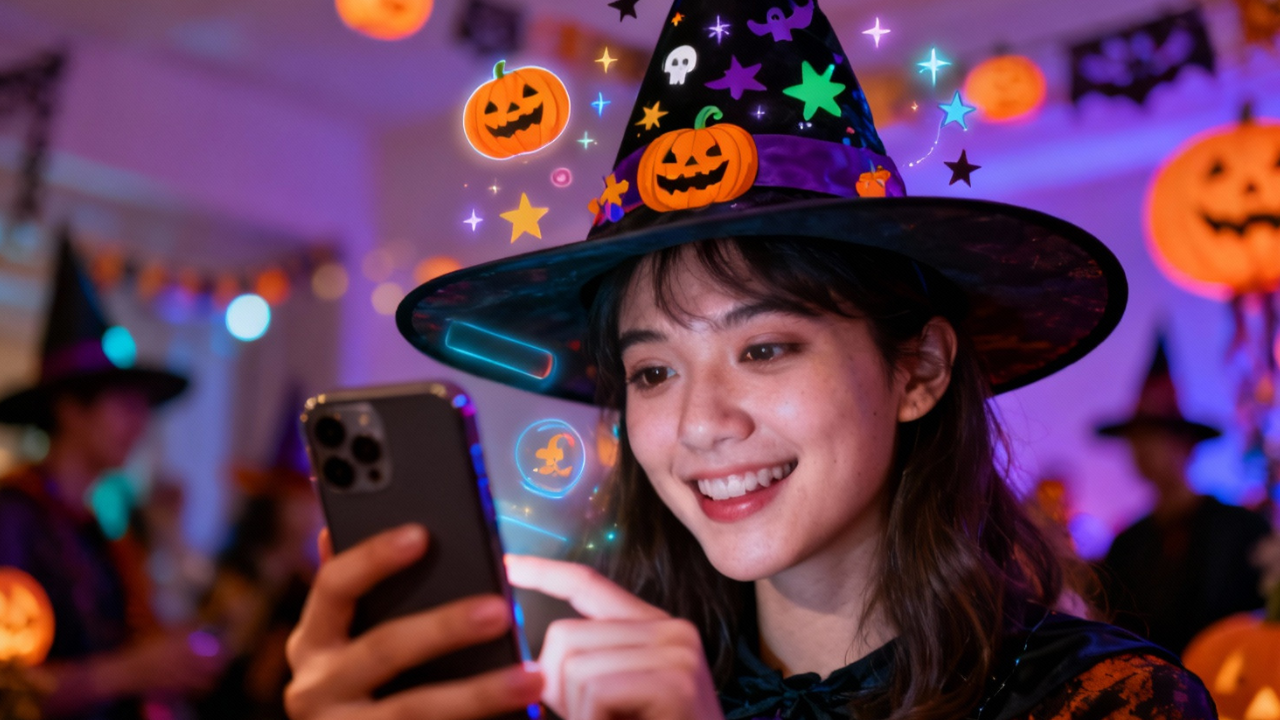
Influencer Marketing 101: A Complete Guide for Brands in 2025
Gone are the days when influencer marketing was limited to A-list celebrities posting product photos with #ad in the caption. Today, influencer marketing is a multi-billion dollar industry that's reshaping the way brands connect with consumers—and it’s only getting bigger.
According to Statista, the global influencer marketing industry is expected to hit USD 30 billion in 2025, up from USD 21 billion in 2023. From TikTok creators to B2B thought leaders on LinkedIn, influencers are everywhere—and they're helping brands build trust, generate buzz, and drive sales.
This guide will walk you through everything you need to know about influencer marketing in 2025. Whether you're a startup exploring your first collaboration or a brand manager looking to scale your campaigns, this comprehensive article covers:
- What influencer marketing is and how it works
- Types of influencers and platforms
- Benefits, challenges, and future trends
- How to start your own campaign
- How influencer marketing compares with paid ads
Let’s dive in.

1. What Is Influencer Marketing?
At its core, influencer marketing is a collaboration between brands and individuals who have built credibility and audience trust in specific niches. These influencers—whether beauty gurus, tech reviewers, or finance experts—create content that showcases products or services to their engaged followers. The evolution has been remarkable. In the early 2010s, influencer marketing was dominated by celebrities with massive followings. Today, micro-influencers (10,000–100,000 followers) often deliver better results because their smaller audiences perceive them as more relatable and trustworthy.
Players in the Ecosystem
- Influencers: Content creators with niche or broad audiences on social platforms.
- Brands: Companies seeking exposure, engagement, or conversions.
- Agencies: Middlemen helping match brands with the right influencers.
- Platforms: Tools like Instagram, TikTok, and LinkedIn that host the content.
Types of Influencers
- Nano-influencers (1K–10K followers): Highly engaged, hyper-niche communities.
- Micro-influencers (10K–100K): Balance between reach and relatability.
- Macro-influencers (100K–1M): More professional, broader reach.
- Mega/Celebrity influencers (1M+): High visibility, high cost.
- Virtual influencers: AI-generated personas with curated content.
Understanding these categories helps brands allocate budgets effectively—you might spend $100–$500 per post with a nano-influencer versus $10,000+ for a macro-influencer.
2. How Does Influencer Marketing Work?
Step 1: Define Clear Objectives
Before contacting influencers, brands must answer: What do we want to achieve? Common goals include:
- Brand awareness (measured through reach and impressions)
- Engagement (likes, comments, shares)
- Conversions (website clicks, promo code usage, sales)
For example, a Singaporean skincare startup might prioritize conversions by partnering with beauty influencers who can offer discount codes to track sales directly.

Step 2: Finding the Right Influencers
Quality matters more than follower count. Tools like HypeAuditor and Upfluence analyze audience demographics and weed out fake followers. Look for:
- Relevance: Does their content align with your brand?
- Engagement rate: Aim for 3–6% on Instagram (higher for smaller influencers).
- Authenticity: Do they genuinely use products like yours?
Manual searches using hashtags (e.g., #SingaporeFoodie for F&B brands) can also uncover hidden gems.
Step 3: Structuring the Partnership
Compensation models include:
- Flat fees (common for one-off posts)
- Commission-based (e.g., 10% of sales from their link)
- Gifted collaborations (free products in exchange for coverage)
A detailed contract should cover:
- Deliverables (number of posts, Stories, Reels)
- Timelines (launch dates, exclusivity clauses)
- Payment (how much is it, and if down payment is needed)
- Content ownership (can you repurpose their content in ads?)
Step 4: Campaign Execution
Influencers thrive on creative freedom. Instead of rigid scripts, provide guidelines (key messaging, hashtags) and let them craft content that resonates with their audience. For example, a travel brand might encourage influencers to share "a day in my travel backpack" videos featuring their product naturally.
Step 5: Measuring Success
Track metrics tied to your initial goals:
- Reach/Impressions (did the content get seen?)
- Engagement Rate = (Likes + Comments) / Followers x 100
- Conversions (use UTM parameters or affiliate links)
Tools like Google Analytics and social platform insights provide this data.
Popular Platforms
- Instagram: Still a staple for lifestyle and product content.
- TikTok: Explosive reach potential, especially with Gen Z.
- YouTube: Long-form reviews and tutorials.
- LinkedIn: For B2B influencer marketing.
- Blogs: Great for SEO and evergreen content.
Emerging Channels
- Twitch: Livestream product demos or Q&As.
- Pinterest: Especially effective for visual, DIY, or e-commerce niches.
- Threads: Gaining traction for conversational content.
3. Benefits of Influencer Marketing
Trust and Credibility
Consumers increasingly distrust traditional ads. A 2023 Edelman report found that 63% of people trust influencers over brand-created content. This stems from the "peer effect"—followers view influencers as relatable figures rather than corporate entities.
Higher Engagement Rates
Influencer posts generate 8x more engagement than brand posts (Influencer Marketing Hub). For example, a fashion brand’s Instagram post might achieve a 2% engagement rate, while a similar post by an influencer could hit 6–10%.
Precise Targeting
Micro-influencers often cater to specific interests (e.g., vegan parenting, minimalist tech). A Singaporean sustainable fashion brand could partner with @EcoChicSG (a local eco-conscious influencer) to reach environmentally aware shoppers.
Cost Efficiency
While mega-influencers charge thousands per post, nano-influencers may collaborate for free products or <$300. This makes influencer marketing accessible to small businesses.
SEO and Content Benefits
Influencers can:
- Link to your site (boosting backlinks)
- Create UGC (user-generated content) for your social feeds
- Improve brand search volume (more people Googling your brand)
Long-Term Partnerships
The most successful campaigns are ongoing. Think of influencers as your brand advocates—not one-off vendors.
4. Risks and Challenges
Fake Influencers and Fraud
An estimated 15% of influencers use fake followers (Points North Group). Red flags include:
- Sudden follower spikes (possible bot purchases)
- Low engagement despite high follower counts
- Generic comments ("Great post!") from suspected bots
Brand Safety Risks
An influencer’s past controversies (e.g., offensive tweets) can damage your reputation. Always audit their social history before partnering.
Misaligned Campaigns
Forced or overly salesy content alienates audiences. Example: A fitness influencer awkwardly promoting a banking app feels inauthentic.
Regulatory Compliance
Singapore’s Advertising Standards Authority (ASAS) and the FTC mandate clear disclosures like #Ad or #Sponsored. Non-compliance risks fines.

5. Is Influencer Marketing Trustworthy?
While skepticism exists (especially around mega-influencers), micro-influencers maintain high trust.
Example: 67% of beauty shoppers turn to influencers to discover new products.
Red Flags for Brands
- High follower count but low engagement
- Repetitive or spammy sponsored content
- No personal voice or interaction with followers
Best practices for authenticity:
- Prioritize long-term partnerships (e.g., 6-month ambassadorships)
- Encourage honest reviews (even if critical)
- Avoid over-editing their content
6. Influencer Marketing vs. Paid Ads
Influencer Marketing vs. Paid Ads: A Detailed Comparison
While both influencer marketing and paid ads aim to promote brands, they differ significantly in approach, audience trust, scalability, and cost structure. Understanding these differences helps brands allocate budgets effectively and maximize ROI.
1. Trust and Authenticity
Influencer marketing thrives on peer-like recommendations. When a trusted influencer endorses a product, their audience perceives it as a personal suggestion rather than a corporate ad. Paid ads, on the other hand, are explicitly branded content, making them less relatable—consumers know they’re being sold to, which can trigger skepticism.
2. Engagement Rates
Influencer content typically generates 6–10% engagement rates (for micro-influencers), while organic brand posts average 1–3% (Influencer Marketing Hub). This gap exists because influencers have cultivated loyal communities that actively interact with their content. Paid ads can amplify reach but often struggle to match the two-way conversations that influencers naturally foster.
3. Cost Structure
- Influencer Marketing: Costs vary widely—nano-influencers may charge $100–$500 per post, while macro-influencers demand $5,000–$50,000. Some prefer gifted collaborations (free products in exchange for posts).
- Paid Ads: Operate on fixed models like CPM (cost per 1,000 impressions) or CPC (cost per click), offering predictable budgeting. For example, Facebook ads in Singapore average $7–$15 CPM.
4. Scalability and Speed
Paid ads win in scalability—you can launch a campaign instantly and adjust targeting in real-time. Influencer marketing is slower, requiring relationship-building, content approvals, and organic posting schedules. However, influencer content often has a longer shelf life, as posts remain visible indefinitely, whereas ads stop generating impressions once the budget runs out.
5. Targeting Precision
Paid ads offer granular targeting (demographics, interests, behaviors) via platforms like Meta Ads Manager. Influencer marketing relies on the influencer’s existing audience, which may not be as precisely segmented—though niche influencers (e.g., vegan chefs) naturally attract aligned followers.
6. Best Use Cases
- Influencer Marketing: Ideal for brand storytelling, trust-building, and niche audiences.
- Paid Ads: Better for scaling quickly, retargeting, and direct response (e.g., sales promotions).
Synergy Opportunity
The most effective strategies combine both. For example:
- An influencer creates authentic content.
- The brand repurposes that content as a paid ad, leveraging the influencer’s credibility while expanding reach.
7. How to Start an Influencer Marketing Campaign
Here’s a quick checklist to get started:
- Set Goals: What do you want to achieve?
- Define Budget: Paid or gifted collaborations?
- Research Influencers: Use hashtags, competitors, and tools.
- Craft a Pitch: Personalize it. Influencers get tons of DMs!
- Set Deliverables: What content, by when, on which platform?
- Measure Performance: Use KPIs aligned with your goals.
- Build Relationships: Keep successful influencers in your circle.
8. Future Trends in Influencer Marketing
Looking ahead, here’s what’s shaping the next phase of influencer marketing:
1. AI & Virtual Influencers
From Lil Miquela to brand-made avatars, expect more AI personalities creating consistent, controlled content.
2. Nano-Influencer Rise
Smaller audiences, but much more engaged. They’re more affordable and often seen as more authentic.
3. Video-First Content
With TikTok, Reels, and YouTube Shorts dominating, short-form video is the must-have content type for 2025.
4. Increased Regulation
More global enforcement of disclosure laws and platform policies. Expect clearer ad labelling and contractual requirements.
Conclusion: Is Influencer Marketing Worth It?
Absolutely—if done right. Influencer marketing can offer unmatched authenticity, strong engagement, and powerful ROI. But it’s not a one-size-fits-all strategy. You need the right influencers, clear goals, and a thoughtful approach to make it work.
Get expert guidance to maximize your campaigns - claim your free $250 strategy call with our Chief Growth Officer.
More Blogs



Let us build your acquisition engine
Our Founder will personally propose a custom media plan to crush your KPIs.
.png)







_cover.png)







